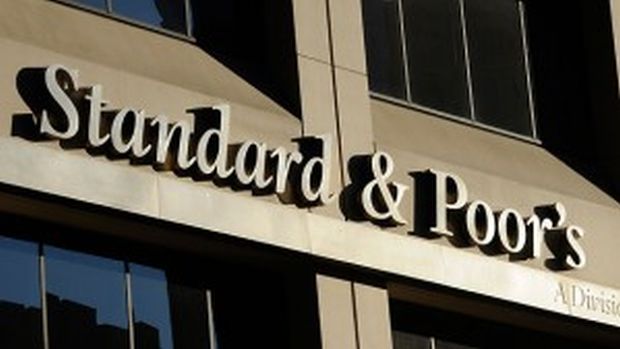S&P said the Dutch decision, which leaves Germany, Luxembourg and Finland as the only countries in the currency bloc with the top credit rating, was due to a worsening of growth prospects. Both Moody’s and Fitch still rate the Netherlands as triple A.
“The real GDP per capita trend growth rate is persistently lower than that of peers at similarly high levels of economic development,” S&P said in a statement, while affirming the Netherlands’ short-term rating at A-1+.
The sense of crisis around Italy and Spain has eased over the past six months but Europe is still finding it hard to generate the growth it needs to bring down unemployment and deal with debt burdens that in some countries are above 100 percent of annual national output.
The Dutch, who have consistently stressed the need for budget austerity in the bloc’s struggling southern half, have been forced into several rounds of their own cuts to meet the European Union’s target of a deficit of 3 percent of GDP.
Those austerity measures have caused widespread public anger and have hurt growth prospects. The Dutch economy grew just 0.1 percent in the third quarter while the euro zone as a whole all but stagnated, with France’s recovery fizzling out and growth in Germany slowing.
“The strong contribution of net exports to growth has not been enough to offset a weak domestic economy,” S&P said. “Average real consumption and investment growth have contracted in 2009-2013 (and we expect private consumption to stagnate further in 2014 and 2015), despite the European Central Bank’s accommodative monetary policy.”
S&P said it now expects the Dutch economy to contract 1.2 percent in 2013, and sees real GDP growth of 0.5 percent in 2014, slowly accelerating to 1.5 percent by 2016.
Spain, whose ratings have plummeted over the last two years as it struggled to rescue banks and cash-strapped regional governments, by contrast recently revised up its 2014 growth forecast to 0.7 percent from 0.5 percent previously.
S&P is the second of the three main credit ratings agencies to lift its outlook for the country in less than a month after Fitch also switched to stable from negative in early November.
The agency affirmed Spain’s BBB-/A-3 long and short-term foreign and local currency sovereign credit ratings and said Spain’s external position was improving as economic growth gradually resumes.
“Other credit metrics are stabilizing, in our view, due to budgetary and structural reforms, coupled with supportive euro zone policies,” the agency said.
Thanks to wage moderation and harsh economic reforms, Spain has regained part of the competitive edge lost during a decade-long property boom, its exports are rising and its net lending position against the rest of the world is expected to turn positive for the first time in decades.
On Thursday, the national statistics institute said household spending, which accounts for two-thirds of the country’s economic output, has also started to recover, a result which could herald a more sustainable recovery.
Moody’s, like S&P, rates Spain one notch above junk while Fitch rates the country one notch higher.
S&P raised its rating for Cyprus to B- from CCC+ on Friday, saying immediate risks to the island’s debt repayments appeared to have receded.
This marked the first upgrade in three years for Cyprus, which was shut out of international financial markets in 2011 and came to the brink of financial collapse earlier this year.
The island, one of the smallest countries in the euro zone, signed up to a 10 billion euro bailout program with the International Monetary Fund and European Union in March.

